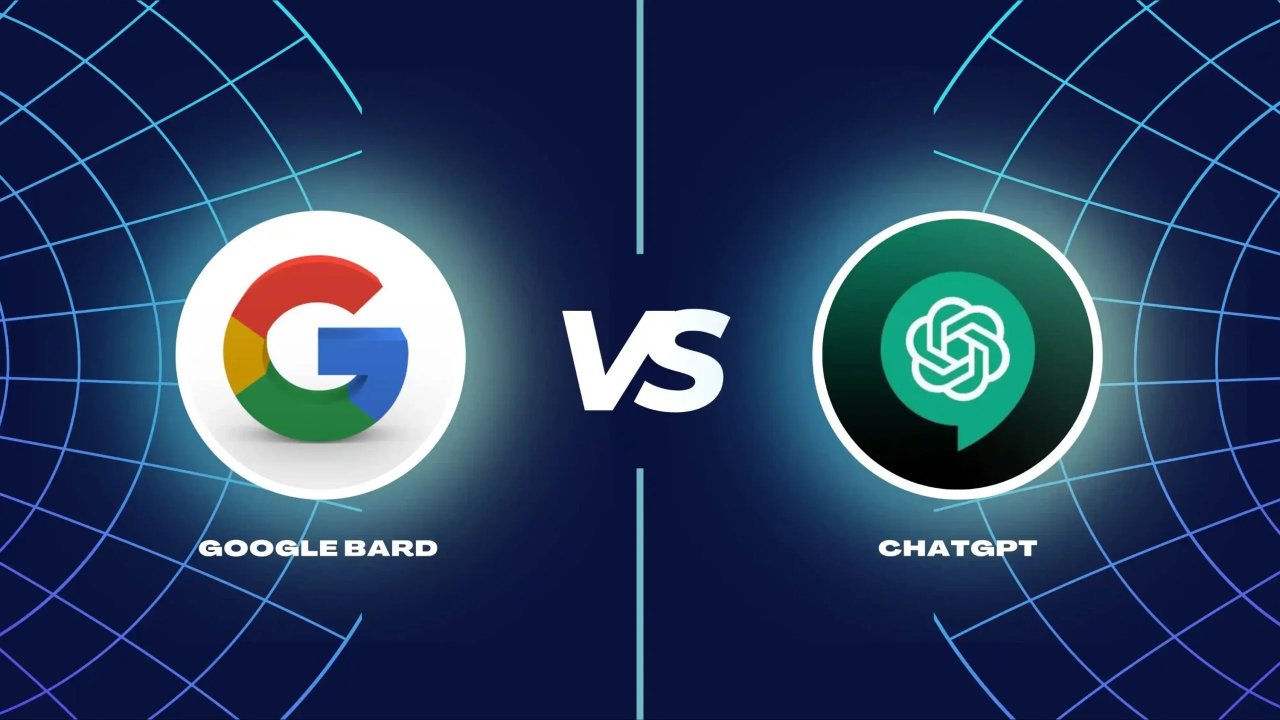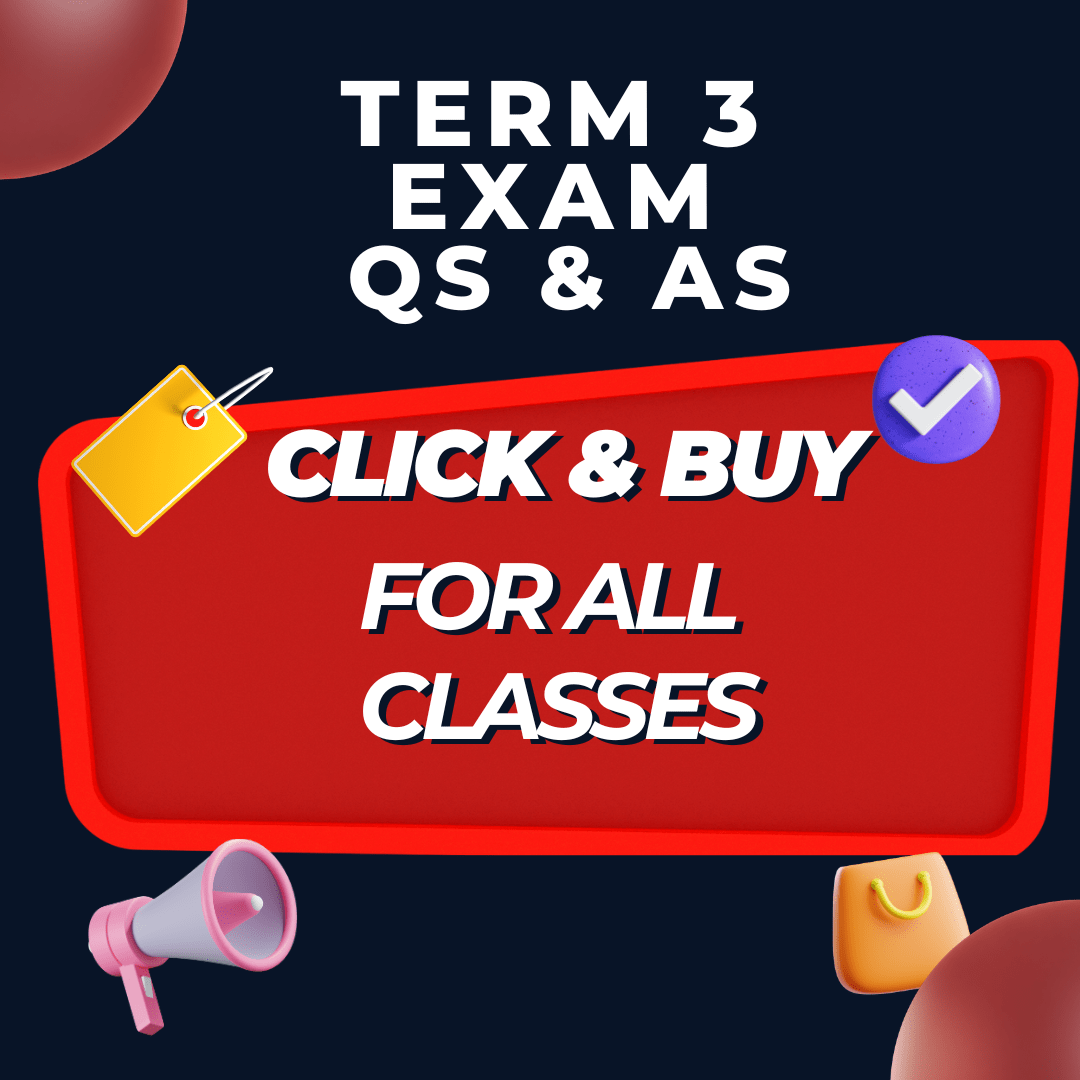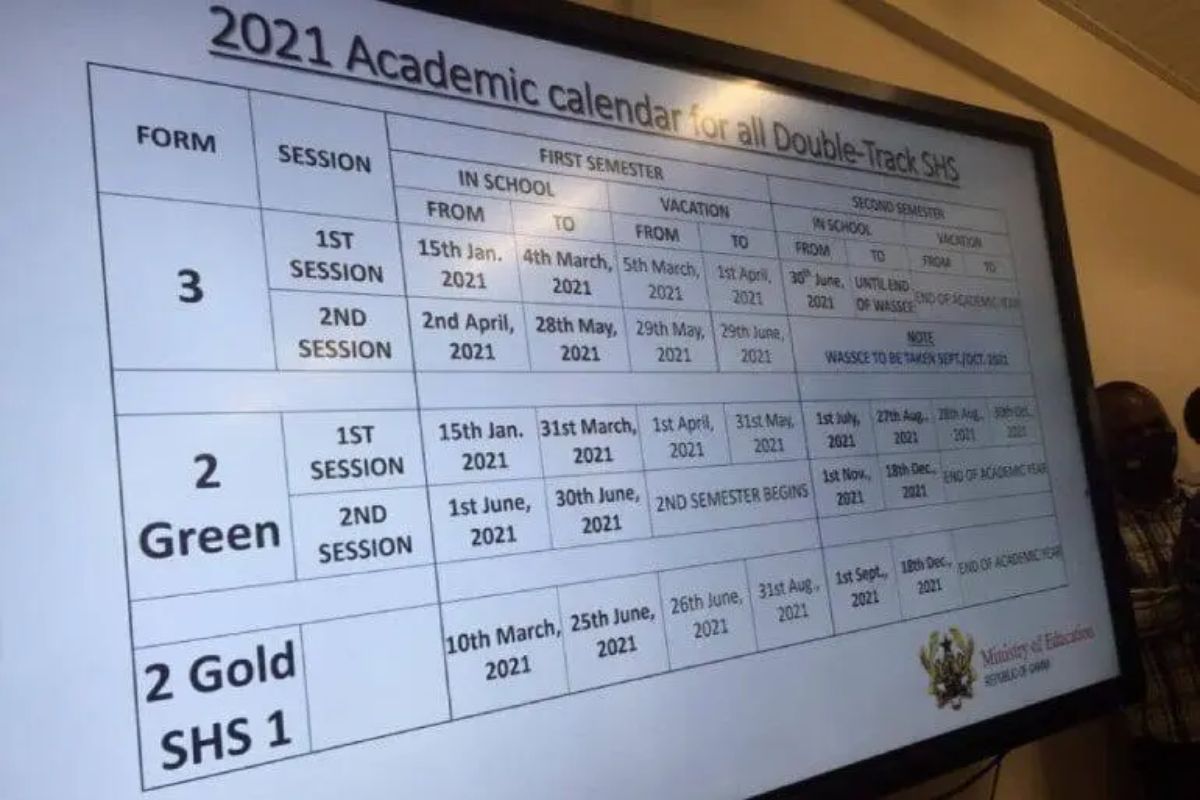Teaching in the Age of AI: How Teachers Can Leverage Bard and ChatGPT for Better Education

We are in the AI age and teachers need to tap into these great technologies…. Hence, we share this post on “Teaching in the Age of AI: How Teachers Can Leverage Bard and ChatGPT for Better Education” with the hope that teachers will begin to use them to make their work easy.
How Teachers Can Leverage Bard and ChatGPT for Better Education varies from one teacher to the next; however, the procedures may remain the same.
The education landscape is evolving, and with it, the role of teachers. AI language models like Bard and ChatGPT are no longer science fiction; they’re powerful tools with the potential to transform teaching and learning. But how can educators harness this potential responsibly and effectively? This post delves into the practical ways Bard and ChatGPT can be used to enhance your teaching, not replace it.
MUST READ: Harnessing the Power of Bard AI and ChatGPT for Teachers: Step by step guide
Boosting Efficiency and Creativity:
- Lesson Planning: Generate engaging lesson plans, differentiated activities, and discussion prompts tailored to specific learning styles and topics. Brainstorm creative teaching methods and icebreakers to keep students excited.
- Content Creation: Craft compelling presentations, multimedia resources, and personalized study guides, saving you valuable time and effort.
- Feedback and Assessment: Design personalized quizzes, create open-ended questions that promote critical thinking, and offer AI-assisted feedback on written work, highlighting areas for improvement.
Personalizing the Learning Experience:
- Differentiation: Adapt lesson materials and activities to cater to individual student needs, learning pace, and interests. Create personalized learning pathways to ensure every student thrives.
- Accessibility: Translate materials into different languages, generate text-to-audio options, and provide alternative formats for students with disabilities.
- Student Engagement: Encourage discussion by generating thought-provoking questions, facilitating online debates, and creating interactive simulations.
MUST READ: Harnessing the Power of Bard AI and ChatGPT for Teachers: Step by step guide
How Teachers Can Leverage Bard and ChatGPT for Better Education: Fostering Deeper Understanding:
- Explain Complex Concepts: Simplify complex topics and present them in different ways to cater to diverse learning styles. Use metaphors, analogies, and real-world examples to enhance understanding.
- Encourage Curiosity: Generate research questions, create engaging historical narratives, and propose thought experiments to spark student inquiry and independent learning.
- Develop Critical Thinking: Craft scenarios that challenge assumptions, pose dilemmas, and encourage students to analyze information from multiple perspectives.
Ethical Considerations and Best Practices:
- Remember, you’re the expert: Bard and ChatGPT are tools, not replacements. Utilize your pedagogical expertise to choose appropriate AI outputs and guide student learning effectively.
- Fact-check and source responsibly: Don’t blindly accept AI-generated information. Evaluate sources, cross-check facts, and encourage students to do the same.
- Focus on critical thinking: Don’t rely solely on AI for answers. Use it to stimulate discussion, encourage debate, and guide students towards developing their own critical thinking skills.
- Promote responsible AI use: Discuss the limitations and potential biases of AI with your students. Foster responsible digital citizenship and critical evaluation of information sources.
MUST READ: Harnessing the Power of Bard AI and ChatGPT for Teachers: Step by step guide
We Hope This Post On “How Teachers Can Leverage Bard and ChatGPT for Better Education” has been useful.

 UCC extends admission deadline for Ed. degree programme (Switch 3.1)
UCC extends admission deadline for Ed. degree programme (Switch 3.1)  2024-2025 Academic Calendar for Private Schools Out
2024-2025 Academic Calendar for Private Schools Out  2024 BECE Graduates To Start SHS In September -GES
2024 BECE Graduates To Start SHS In September -GES  BREAKING: President Biden Announces Decision Not to Seek Reelection
BREAKING: President Biden Announces Decision Not to Seek Reelection  Real Reason Behind the Appointment of Yohunu as Deputy IGP
Real Reason Behind the Appointment of Yohunu as Deputy IGP  Brother of Lois Reveals Why There was a Month Delay Before Announcing Sister’s Death
Brother of Lois Reveals Why There was a Month Delay Before Announcing Sister’s Death  Services That Will Halt If Organized Labour Strikes On Monday
Services That Will Halt If Organized Labour Strikes On Monday